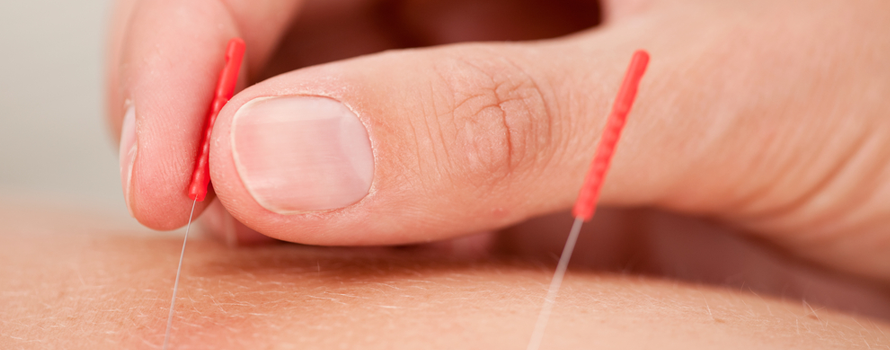Introduction to Complementary Therapy
Most people with rheumatoid arthritis need medication to help reduce their pain and manage the symptoms of rheumatoid arthritis. Some people may decide to use complementary therapies alongside conventional medication.
Complementary medicine is an umbrella term for a number of therapies that fall outside conventional medical and surgical treatments.
Often referred to as holistic medicine, complementary therapies are intended to treat the body as a whole helping to maintain wellness and promote health. They do not however treat the condition of rheumatoid arthritis itself.
You should always ask your doctor’s advice before trying a complementary therapy, and let the complementary therapist know about any prescribed medicine you are taking.
Complementary therapies are not regulated in Ireland, although the Department of Health and Children has been examining this issue since 2001. Many therapists belong to a body representing their own particular area.
Some people find certain therapies very helpful, particularly in managing pain relief, but there is a lack of scientific evidence to explain why they work.
Treat any practitioners who advise you to stop conventional treatment with extreme caution. You should not stop using your prescribed medication unless advised by your doctor.
Some of the most common complementary therapies used to help people with rheumatoid arthritis pain are listed below:
Acupuncture
Acupuncture was originally developed as an element of traditional Chinese medicine. It is based around the concept of the flows of energy through the body’s tissues and organs. By inserting fine needles at special points, it is thought that problems can be corrected. Acupuncture is also thought to decrease pain by increasing the release of chemicals that block pain, called endorphins.
Alexander technique
The Alexander Technique is a method of personal education that concentrates on how we use our bodies. The technique can help people become more aware of methods of balance, co-ordination, releasing muscular tension and posture while performing everyday actions. It can help retrain unsuitable movement habits associated with arthritic conditions.
Aromatherapy
Aromatherapy uses aromatic, plant-derived scents, which can be added to the bath, massaged into the skin, inhaled or applied to the skin. The right mixture of essential oils may help a person with rheumatoid arthritis relax, promote pain relief and alleviate fatigue. Aromatherapy may be unsuitable for pregnant women.
Chiropractic care
Chiropractic care is aimed at the detection and correction of abnormal spinal movement and position. Chiropractors use their hands to adjust joints in the spine. While they cannot reverse the damage of arthritis, the principle of chiropractic is that regular adjustments can keep the joints healthier and mobile and reduce pain. Chiropractic is licensed in many countries.
Copper bangles
These have been popular in Ireland for many years and have become like a tradition. There is no research to show that they have any effect.
Homeopathy
Modern day homeopathy is based on the principle of ‘like cures like’ and ‘minimal dose’. Homeopaths believe that the substances that cause illness can also promote healing when used in very diluted amounts.
Hydrotherapy
Hydrotherapy is the use of special therapy pools in the treatment of a range of conditions, including rheumatoid arthritis and other musculoskeletal disorders. It involves special exercises in a shallow warm-water pool (33-37 C); the warm water allows muscles to relax and eases the pain.
Massage
Massage can increase blood flow and lymph through the body. A good massage can loosen stiff muscles by gentle kneading, rubbing and stroking movements. It can also reduce pain, inflammation and encourage the body to produce endorphins. With rheumatoid arthritis, it is not recommended that massage be carried out when joints are inflamed (ie. during disease ‘flare-ups’) as it could worsen your condition.
Meditation
Individuals with rheumatoid arthritis may also experience depression. Meditation, which is relaxation of the mind, may help those with rheumatoid arthritis alleviating stress, pain, anxiety and depression.
Osteopathy
Osteopathy is a system of healing that deals with the structure and mechanics of the body, ie. the bones, joints, ligaments, tendons, muscles, nerves and general connective tissues, and their relationship with one another. Osteopaths believe that misalignments of bones can interfere with the normal balance of the functioning nerves.
Reflexology
Reflexology involves treating reflex points in the feet and hands to relieve pain that relates to corresponding parts of the body. Applying pressing movements with fingers and thumbs, practitioners aim to ‘detoxify’ the body and promote healing. Reflexology can be very relaxing, and thus diminish pain.
Tai Chi for arthritis
Tai chi is a non-confrontational martial art that combines deep breathing and slow and gentle movements. It is intended to improve the flow energy within your body, calm the mind and promote self-healing. Practitioners believe that Tai Chi improves the range of motion of the ankle, hip and knee in people with rheumatoid arthritis.
Yoga
The aim of yoga is to improve mobility, posture, and muscle tone as well as help with relaxation. People with rheumatoid arthritis may benefit from low-impact exercise and it may help to manage pain.




